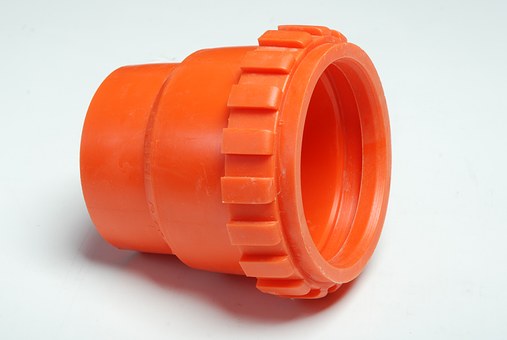Color, a beautiful thing in the world is something through which we can change the entire presentation of a product. It is utilized in an assortment of industries around the globe and an important aspect in the plastics industry as well.
Here, in the plastics industry, pigments and dyes are used for the coloring process to the molded parts. As diverse pigments give color, the choosing of pigment is usually done by the colorant manufacturer.
Now that the colorant manufacturer decides the color doesn’t mean the plastic product manufacturer leaves all responsibilities on him. In this article, we shall discuss on the few pigments used in the plastics industry and its properties.
Pigments are usually divided into organic and inorganic pigments. Organic pigments are applicable much in the plastics industry when compared to the inorganic.
They are even utilized in synthetic fibres and as surface coatings-paints and inks. Even in hi-tech applications like photo-reprographics, opto-electronic displays and optical data storage.
- Black:
All black pigments that are carbon blacks, can absorb UV and are stable in exterior exposure. Carbon black pigments have an array of particle sizes and usually the particle size determines the degree of jetness. Here, jetness refers to the intensity of blackness.
The highest degree of jetness comes from smallest particle sizes i.e. 5-15 nm while a variety of grades of carbon black are offered in the 50- 200 nm size and larger particle sizes around 0.5 μm present a gray color.
Because of the small particle size of carbon black, escalating the pigment loading gives rise to higher viscosity as well.
- Red:
Red iron oxides are an inorganic red pigments which give the common red barn color. Iron oxide reds are thermally stable and have quite low cost. The oxides particle size can be optimized for hiding and as well as transparency.
Organic red pigments too give good color but at a higher cost than red iron oxide.

- White:
White pigments are usually dominated by the use of titanium dioxide (TiO2) and it has exceptional hiding power and ultraviolet (UV) resistance.
When working with glass filled resins, it is always a best option to choose barium sulfide (BaS) in order to get the white color and the specialty of BaS is that it will not break down the glass.
However, BaS’s hiding power is much less than TiO2 and hence must be made use of in higher concentration. Some of the other white pigments include Zinc Oxide (ZnO) and Antimony trioxide (Sb2O3).





